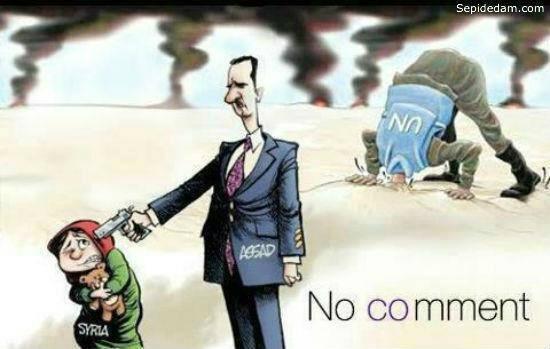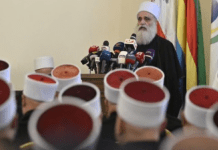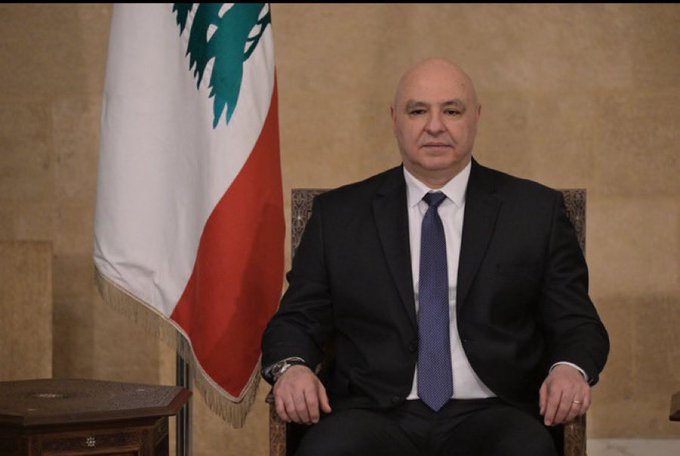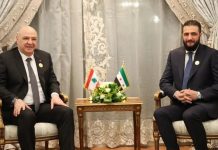Analysis: Next Stop for Assad: The Golan Heights
زفي برال من الهآررتس: محطة الأسد الثانية ستكون مرتفعات الجولان
Zvi Bar’el/Haaretz/July 08/18
Israel is preparing for the next stage, in which Assad forces will deploy in positions they held before the war, determined by the disengagement lines agreed upon by Israel and Syria in 1974.
Russian police units, which accompanied Russian forces moving towards the Naseeb border crossing between Jordan and Syria, have set up their positions there and in some parts of the town of Daraa, the capital of the southern region of the same name. Rebel militias have begun handing over their heavy equipment to the Syrian army and if there are no new developments Assad can claim that eastern Daraa is in his hands.
Amman is starting to examine the possibility of repatriating hundreds of thousands of refugees who fled to Jordan during the war and Israel is preparing for the next stage, in which Assad forces will deploy in positions they held before the war, determined by the disengagement lines agreed upon by Israel and Syria in 1974. Between these two stages a local battle still awaits Syria in the western areas of Daraa and along its border with Jordan up to the Yarmouk River basin, where the Nusra Front forces, as well as some ISIS units, are positioned. This campaign may take many days, postponing the complete takeover of the south by Assad.
According to reports coming from Syria, Russia only partly kept its commitment to Jordan and Israel, by which Iranian and Hezbollah forces would not take part in the fighting in Daraa. Hezbollah fighters and several Iranian officers were spotted in combat areas, but overall the combat and deployment of forces in the area consisted of only Syrian and Russian forces. In the meantime, the cease-fire agreement has not kicked in yet in western Daraa. It hinges on a reply by local militias, which should arrive within the next day.
Israel is considered the party that gave the green light for the entry of Assad forces into southern Syria, following negotiations held between the commander of Russia’s policing forces, a representative of the Russian administration, Jordanian and Israeli officials. These were based on a Russian commitment to remove Iranian forces from the area, to an initial distance of 40 kilometers from the Jordanian border.
Further negotiations regarding the depth of Iranian deployment in the Golan Heights will be held at a meeting between Netanyahu and Russian President Vladimir Putin on Wednesday, six days before the Putin-Trump summit meeting, which will deal among other issues with the nuclear accord and the situation in Syria. Israel insists that Syrian forces not cross the agreed-upon disengagement lines, but without doing so, Syria will not be able to dislodge militia units situated in the Syrian Golan area.
Israel, Syria and Russia will need to find a creative solution which will prevent the entry of Syrian forces while removing the militias. One possibility is that Israel instruct the militias to leave the Golan Heights in exchange for a Syrian-Russian commitment not to harm them. Another option is that Israel agree to mixed Russian-Syrian policing units setting up a safe transit corridor for the militias and thousands of refugees who’ve recently arrived in the Golan after fleeing the fighting in Daraa.
The cease-fire agreement lays out the deployment of the Assad regime’s forces in southern Syria, completing Assad’s resumption of control over most of Syria. This agreement joins other similar ones reached in other parts of Syria, such as the negotiations between the regime and Kurdish forces and agreements made with the Druze minority in southern Syria. Military control of these areas still leaves key issues that need to be resolved before Russia can continue with the diplomatic moves it is planning, which include the establishment of a new Syrian government and the implementation of a revised constitution, formulated by Russia together with the regime, as well as the holding of elections.
In Russia’s hands
Thus, in addition to the issue of deployment of forces in the Golan, Russia will have to persuade Turkey to withdraw its forces from northern Syria, which it invaded as part of its campaign against Kurdish units and its effort to prevent Kurdish territorial contiguity in Syria. Russia will also try to create a formula for the evacuation of American troops, some of whom are in northern Syria, others in the border triangle between Jordan, Syria and Iraq, along with the evacuation of Iranian troops. This now seems to be unlikely, since Iran does not intend, at least according to its declarations, to withdraw all its forces from Syria. Tehran received support for this stance from Russia’s foreign minister Sergei Lavrov, who said this week that it was unrealistic to demand a complete withdrawal of Iranian forces from Syria. This contrasts with earlier statements, including some by Putin, according to which all foreign forces would leave Syria.
One of the questions now being posed is whether Putin can tie an Iranian withdrawal from Syria to the nuclear accords. In other words, will Trump agree to soften his positions regarding this agreement in exchange for an Iranian retreat from Syria? This could pose a serious dilemma for Israel in which it has to decide which is the more concrete threat: a valid nuclear agreement, which Iran is abiding by meticulously but one which raises doubts about what happens once that accord expires, or the continued presence of Iranian forces on Syrian soil. For now this is a theoretical question but in just over a week Israel may be facing a new Russian-American honeymoon, which will force it to find an alternative strategy.
https://www.haaretz.com/middle-east-news/syria/.premium-next-stop-for-assad-the-golan-heights-1.6247041






















